Hydroxypropyl Methyl Cellulose (HPMC) has emerged as a critical component in modern construction, particularly in tile adhesive applications. This versatile chemical additive offers a range of benefits that improve the performance of construction materials. In this article, we explore the features, advantages, technical specifications, and applications of HPMC, as well as the company behind this innovative product.
What is Hydroxypropyl Methyl Cellulose (HPMC)?
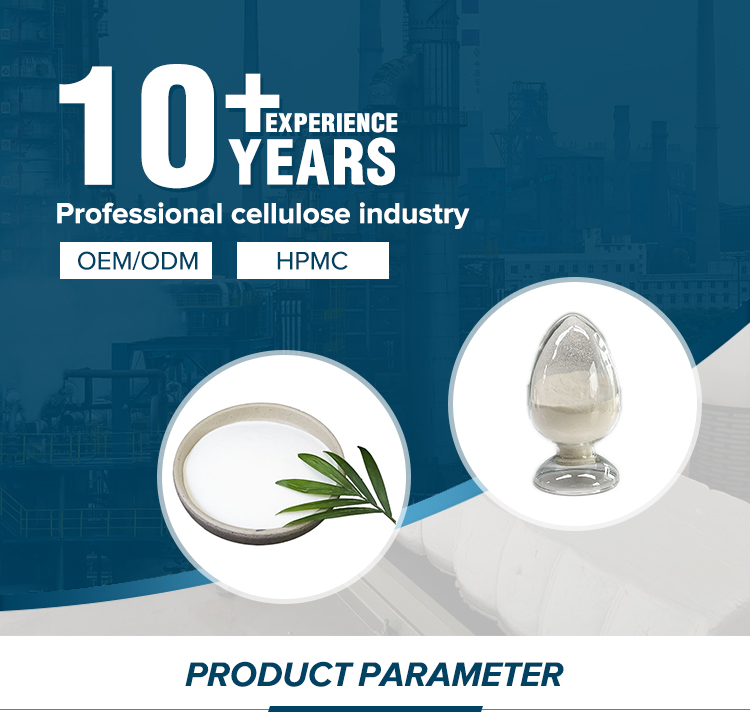 Hydroxypropyl Methyl Cellulose, commonly known as HPMC, is a chemical derivative of cellulose. It is produced by etherifying highly pure cotton fibers under alkaline conditions. This process results in a white or milky white powder that is soluble in water and certain solvents. HPMC is renowned for its ability to enhance the properties of construction materials, making it an essential component in cement mortars, ceramic tile adhesives, and other building applications.
Hydroxypropyl Methyl Cellulose, commonly known as HPMC, is a chemical derivative of cellulose. It is produced by etherifying highly pure cotton fibers under alkaline conditions. This process results in a white or milky white powder that is soluble in water and certain solvents. HPMC is renowned for its ability to enhance the properties of construction materials, making it an essential component in cement mortars, ceramic tile adhesives, and other building applications.
HPMC is characterized by its thickening ability, salt resistance, and excellent water retention. These properties make it ideal for use in environments where durability and stability are paramount. Additionally, HPMC contributes to the dimensional stability of construction materials, ensuring that they maintain their shape and integrity over time.
Key Features of HPMC
HPMC is distinguished by several key features that make it a preferred choice in the construction industry:
- High Solubility: HPMC is soluble in water and certain solvents, such as ethanol/water and propanol/water mixtures. This solubility allows for the creation of stable, transparent aqueous solutions.
- Excellent Water Retention: The ability to retain water is crucial in construction applications, as it ensures proper hydration of cement and other materials, leading to stronger and more durable structures.
- Dimensional Stability: HPMC helps maintain the structural integrity of construction materials, preventing shrinkage and cracking.
- Adhesion and Dispersibility: The additive enhances the adhesion of materials to substrates and improves the dispersibility of particles, ensuring even distribution.
- Resistance to Mildew: HPMC's properties make it resistant to mold and mildew, extending the lifespan of construction materials.
Technical Specifications of HPMC
| Parameter | Specification |
|---|---|
| Appearance | Milky white or white powder |
| Carbonization Temperature | 280-300% |
| Color Temperature | 190-200% |
| Particle Size | 100 mesh pass rate >98.8%; 80 mesh pass rate 99.9%; Special specifications: 40-60 mesh |
| Apparent Density | 0.25-0.70 g/cm³ (typically 0.5 g/cm³) |
| Specific Gravity | 1.26-1.31 |
| Solubility | Soluble in water and specific solvents; aqueous solutions are transparent and stable |
Applications in the Construction Industry
HPMC is widely used in various construction applications due to its unique properties. Some of the key applications include:
- Cement Mortar: HPMC improves the workability and water retention of cement mortar, ensuring a smooth application and enhanced adhesion.
- Ceramic Tile Cement: As a binding agent, HPMC ensures that ceramic tiles adhere securely to surfaces, reducing the risk of detachment.
- Refractory Coatings: In asbestos and other refractory coatings, HPMC acts as a suspension agent, improving fluidity and adhesion to substrates.
- Gypsum Coagulant Slurry: HPMC enhances the water retention and workability of gypsum slurry, improving its adhesion to surfaces.
- Joint Cement: When added to ground joint cement for gypsum boards, HPMC improves fluidity and water retention, ensuring a strong bond.
 The versatility of HPMC is further highlighted by its use in specialized applications. For instance, it is used in plaster additives to enhance the performance of wall coatings. Additionally, HPMC's ability to improve the flow properties of cementitious materials makes it an ideal choice for self-leveling compounds and grouts.
The versatility of HPMC is further highlighted by its use in specialized applications. For instance, it is used in plaster additives to enhance the performance of wall coatings. Additionally, HPMC's ability to improve the flow properties of cementitious materials makes it an ideal choice for self-leveling compounds and grouts.
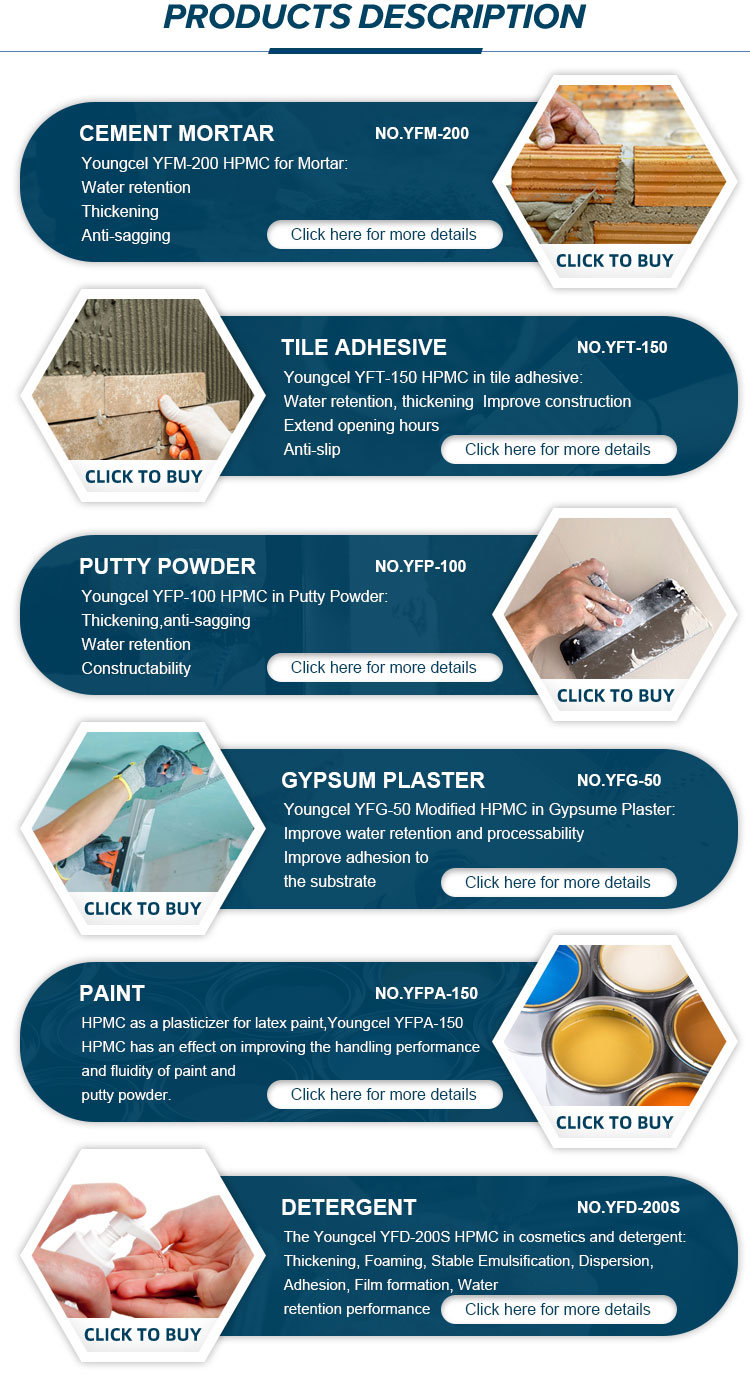 In the context of tile adhesive, HPMC plays a crucial role in ensuring that tiles remain securely bonded to surfaces. Its water retention properties prevent the rapid drying of the adhesive, allowing for proper bonding and reducing the risk of cracks or delamination. This makes HPMC an essential component in both residential and commercial construction projects.
In the context of tile adhesive, HPMC plays a crucial role in ensuring that tiles remain securely bonded to surfaces. Its water retention properties prevent the rapid drying of the adhesive, allowing for proper bonding and reducing the risk of cracks or delamination. This makes HPMC an essential component in both residential and commercial construction projects.
Advantages of Using HPMC in Construction
There are several advantages to using HPMC in construction applications:
- Enhanced Workability: HPMC improves the workability of cementitious materials, making them easier to apply and reducing the effort required during construction.
- Increased Durability: The water retention properties of HPMC contribute to the long-term durability of construction materials, reducing the risk of cracking and deterioration.
- Cost-Effectiveness: By improving the efficiency of construction processes, HPMC can help reduce labor costs and material waste.
- Environmental Benefits: HPMC's ability to improve the performance of construction materials can lead to more sustainable building practices, as it reduces the need for frequent repairs and replacements.
About the Manufacturer: Shijiazhuang Gaocheng District Yongfeng Cellulose Co., Ltd.
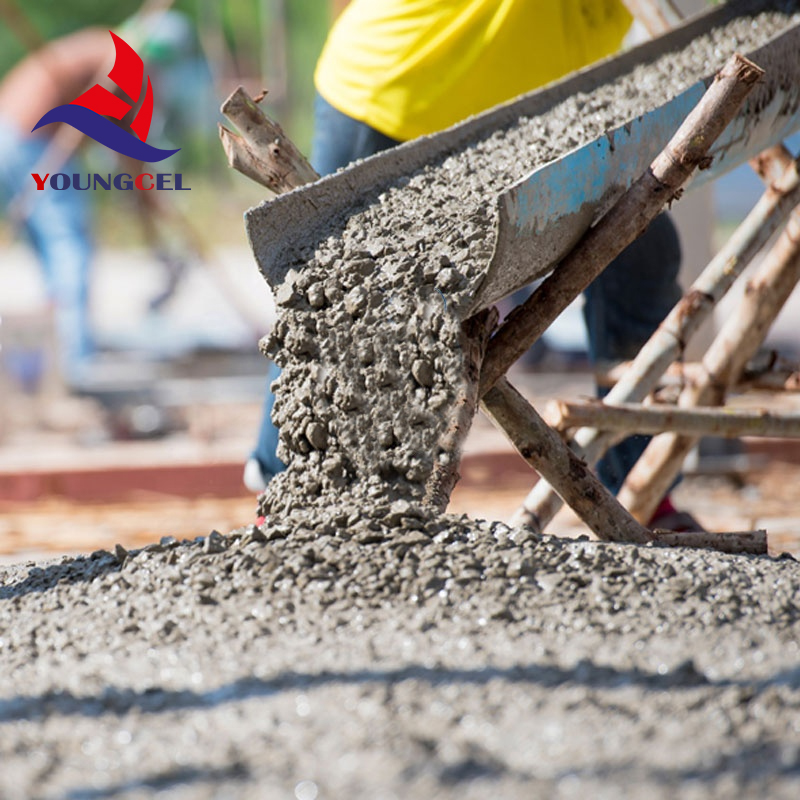 The Shijiazhuang Gaocheng District Yongfeng Cellulose Co., Ltd. is a leading manufacturer of cellulose-based products, including Hydroxypropyl Methyl Cellulose. Located in Shijiazhuang, Hebei Province, the company has established itself as a reliable supplier of high-quality chemical additives for the construction industry.
The Shijiazhuang Gaocheng District Yongfeng Cellulose Co., Ltd. is a leading manufacturer of cellulose-based products, including Hydroxypropyl Methyl Cellulose. Located in Shijiazhuang, Hebei Province, the company has established itself as a reliable supplier of high-quality chemical additives for the construction industry.
With a commitment to innovation and quality, Shijiazhuang Gaocheng District Yongfeng Cellulose Co., Ltd. ensures that its products meet the highest standards. The company's expertise in cellulose chemistry allows it to produce HPMC with precise specifications, tailored to meet the needs of various construction applications.
The company's product line includes a range of chemical auxiliary agents, such as HPMC, which are widely used in the construction industry. Their products are known for their consistency, reliability, and performance, making them a preferred choice for contractors and builders worldwide.
Conclusion
Hydroxypropyl Methyl Cellulose (HPMC) is a vital component in modern construction, offering a range of benefits that enhance the performance of building materials. Its unique properties, including high solubility, water retention, and dimensional stability, make it an essential additive in applications such as tile adhesive and plaster additives. The technical specifications of HPMC ensure that it meets the rigorous demands of the construction industry, while the company behind it, Shijiazhuang Gaocheng District Yongfeng Cellulose Co., Ltd., continues to lead in the production of high-quality cellulose-based products.
References
According to the National Institute of Standards and Technology (NIST), the properties of HPMC are critical in construction applications. NIST's research on material science and construction technologies highlights the importance of additives like HPMC in improving the performance and durability of building materials. For further information on the technical standards and applications of HPMC, visit the NIST website.
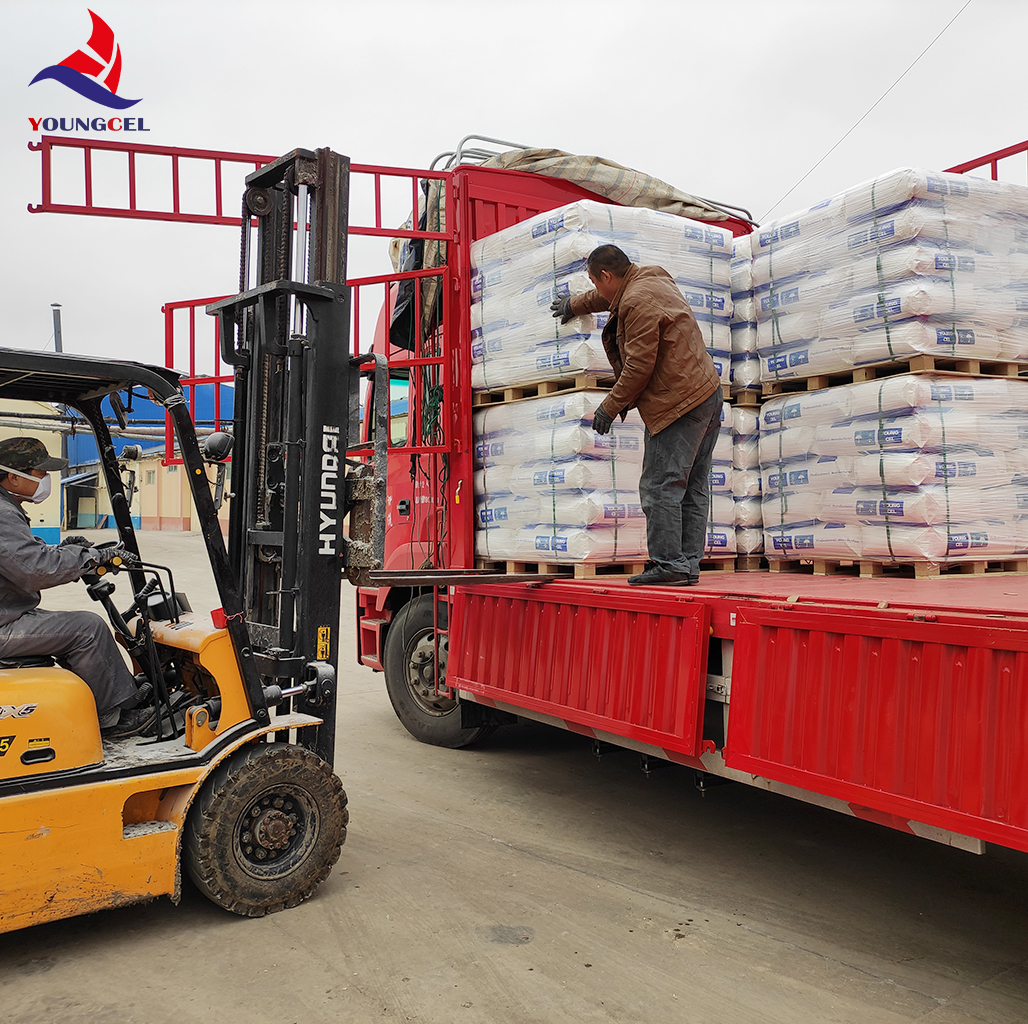
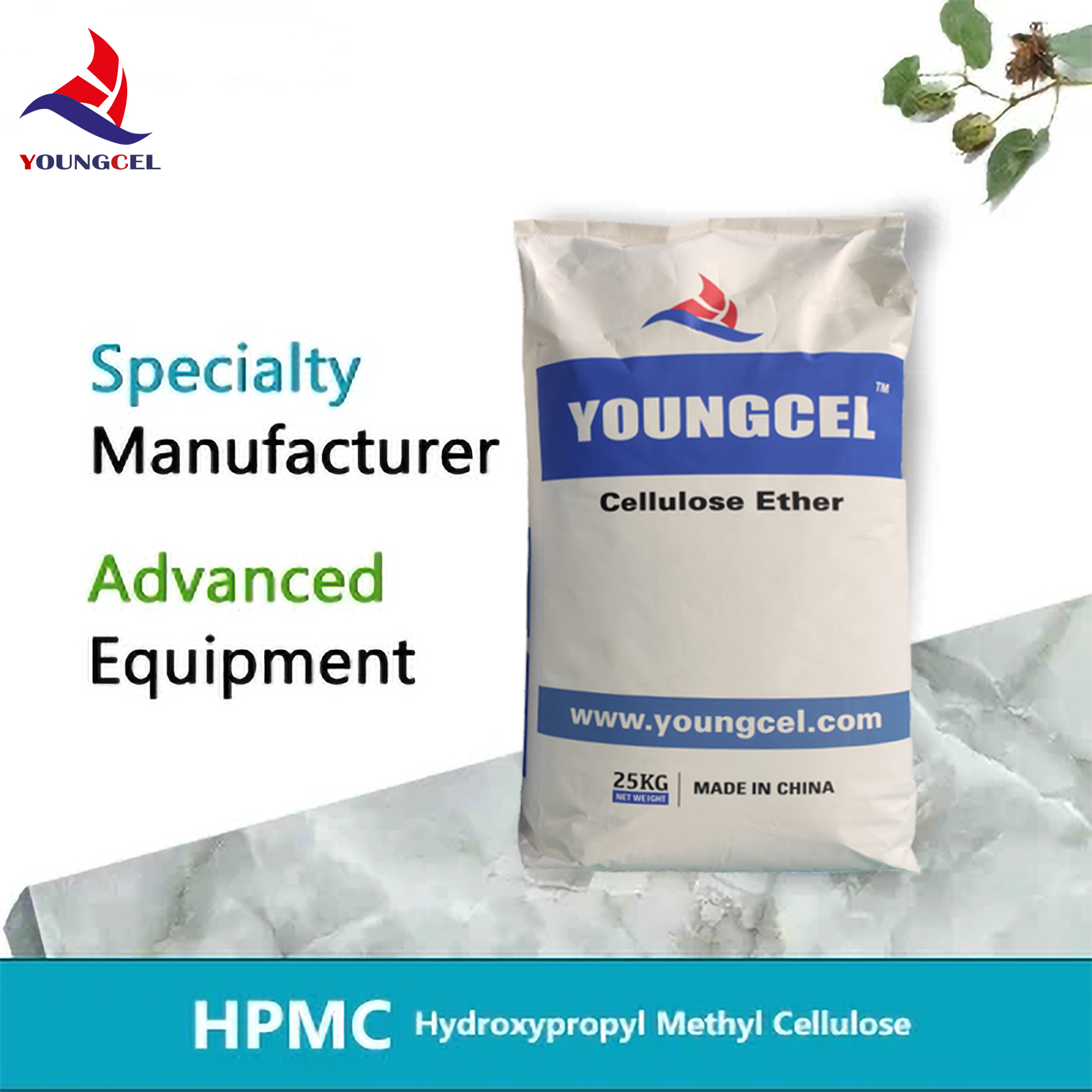
-
Understanding Methyl 2 Hydroxyethyl Cellulose: Uses, Benefits & Industry InsightsNewsNov.24,2025
-
Hydroxyethyl Methyl Cellulose HEMC: Industrial Uses, Benefits & Future TrendsNewsNov.23,2025
-
HEMC Cellulose: Versatile & Sustainable Industrial Polymer | YoungcelNewsNov.23,2025
-
Methyl Hydroxyethyl Cellulose: Versatile Building Block for Industry & SustainabilityNewsNov.23,2025
-
CAS 9032 42 2: Understanding Polyvinyl Alcohol's Impact on Industry & SustainabilityNewsNov.22,2025
-
Hydroxyethyl Methyl Cellulose: Versatile Solutions for Modern Industry and SustainabilityNewsNov.22,2025




